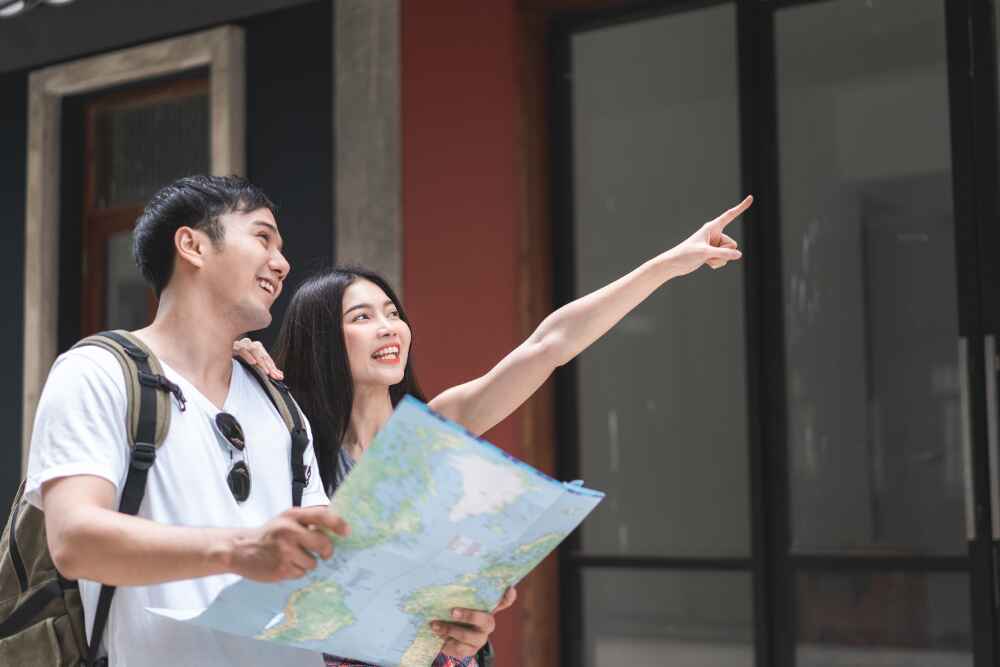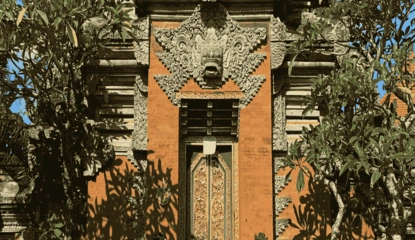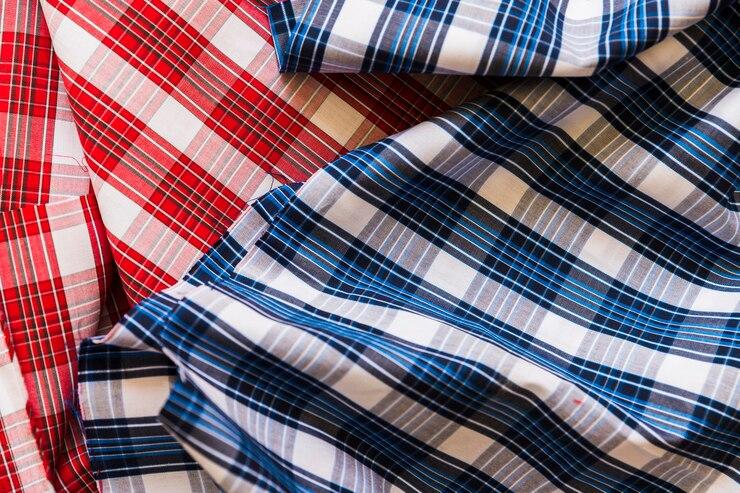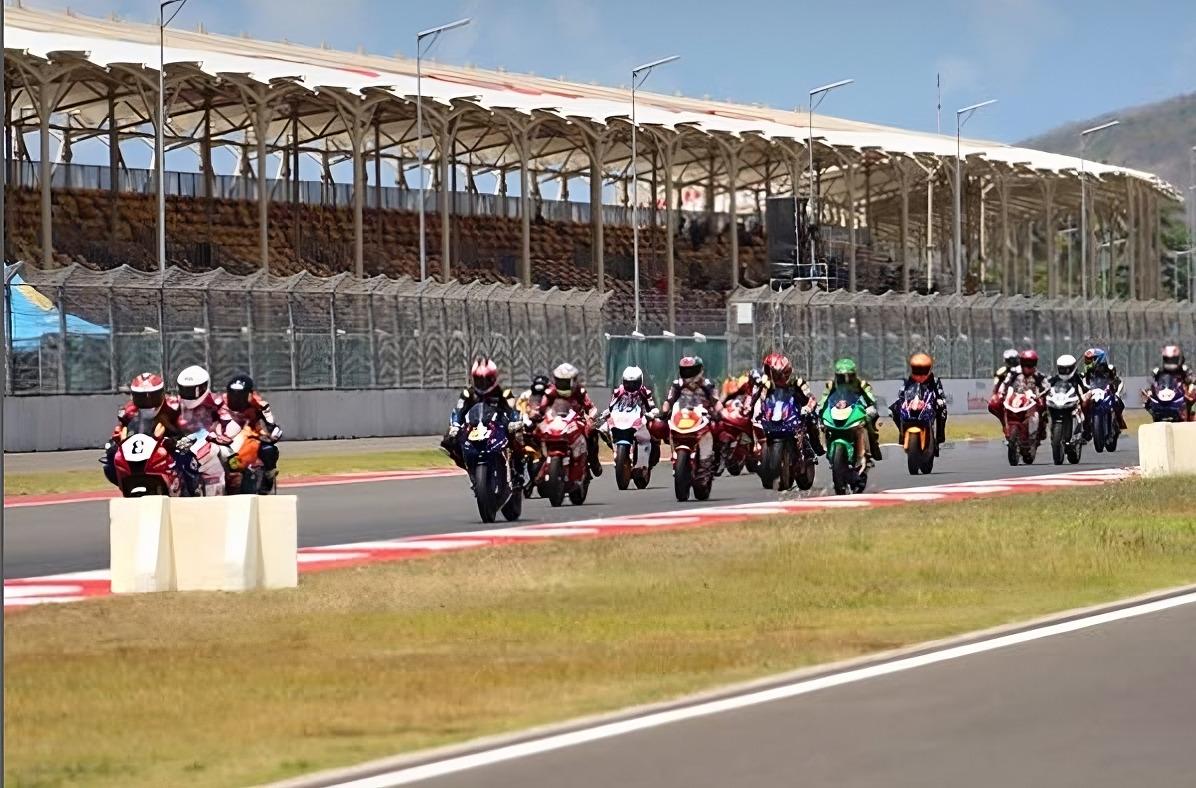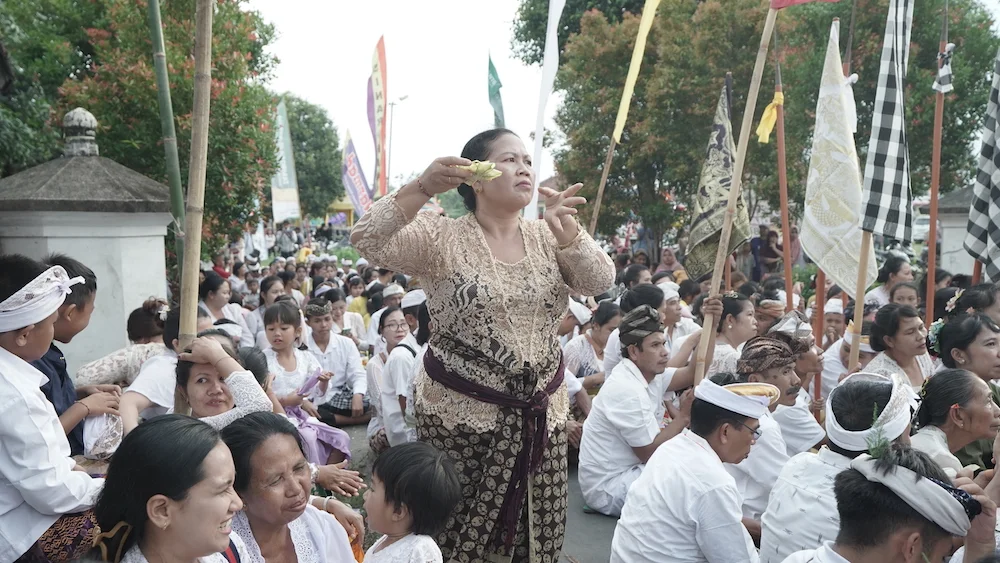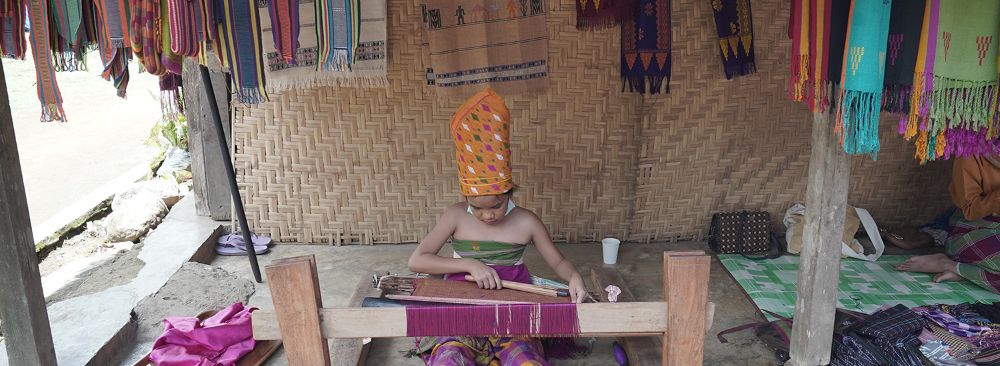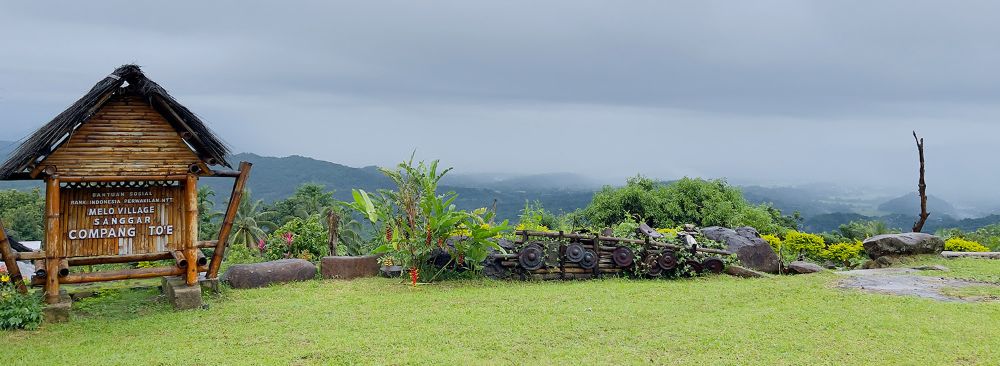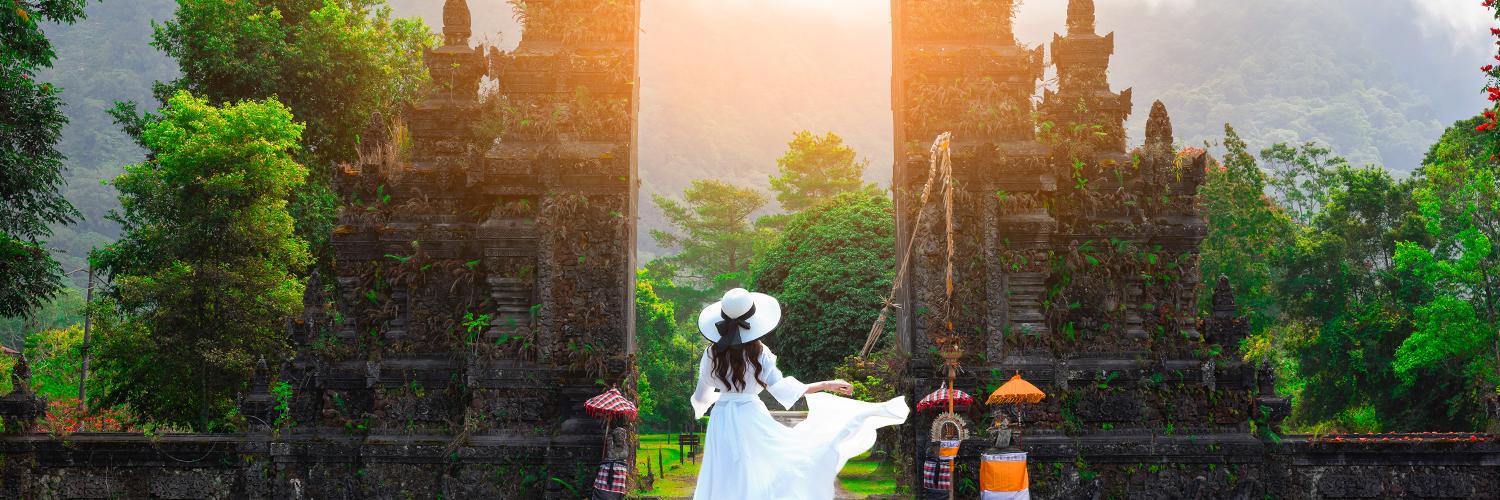1. Rimpu Traditional Clothing
Characteristics:
Rimpu is traditional clothing from Sumbawa, consisting of a sarong used as a body and head covering for women.
There are two types:
1. Rimpu Mpida (covers the entire body except for the eyes).
2. Rimpu Colo (covers the head but leaves the face visible).
Patterns and Colors:
Traditional woven ikat motifs from Sumbawa, with dominant colors such as brown, red, and black.
Material:
Woven fabric made of cotton, dyed with natural colors.
Philosophy:
Symbolizes modesty and honor for women, in line with Islamic cultural values embraced by the Sumbawa community.
Function and Usage:
Used in traditional ceremonies, weddings, or religious activities to display cultural identity.
Unique Fact:
Rimpu is exclusively worn by women, and the type used depends on social status and specific occasions.
2. Ketente Tembe Traditional Clothing
Characteristics:
A woven sarong from Dompu, typically worn by men as a lower garment (tembe) and paired with a sash as part of traditional attire.
Patterns and Colors:
Simple geometric motifs, with base colors like red, black, or dark blue.
Material:
Woven fabric made from cotton, dyed with natural colors.
Philosophy:
• Represents simplicity.
• Displays courage.
• Embodies the strength of Dompu men.
Function and Usage:
Worn during traditional ceremonies such as Pati Ka Dua (harvest rituals) and official events.
Unique Fact:
The weaving is often done manually by Dompu women, reflecting their hard work and dedication.
3. Lambung Traditional Clothing
Characteristics:
A sleeveless top with a V-shaped neckline, paired with a woven sarong from Sasak as the lower garment.
Patterns and Colors:
Traditional Sasak woven ikat patterns with bright colors such as red, green, and gold.
Material:
Fabric made of cotton or silk, with added gold threads for decorative motifs.
Philosophy:
• Symbolizes simplicity.
• Represents purity.
• Highlights the status of Sasak women in society.
Function and Usage:
Used in traditional ceremonies such as weddings and Bau Nyale (a tradition of catching sea worms).
Unique Fact:
This clothing is usually worn by unmarried girls as a symbol of chastity.
4. Pegon Traditional Clothing
Characteristics:
A formal outfit resembling European-style jackets, paired with a regional sarong for men.
Patterns and Colors:
A black base with gold accents or traditional motifs on the sarong.
Material:
Plain fabric for the top and woven ikat fabric for the bottom.
Philosophy:
Combines local culture and colonial influences as a symbol of cultural adaptation.
Function and Usage:
Worn during official events such as weddings or traditional ceremonies.
Unique Fact:
The design of Pegon reflects Dutch colonial influences on local culture.
5. Poro Traditional Clothing
Characteristics:
Traditional attire for men from Bima, consisting of a long-sleeved shirt, a sarong from Bima, and a headband (sambolo).
Patterns and Colors:
Sarongs with horizontal stripe patterns in base colors like red or dark blue.
Material:
Woven fabric made of cotton, dyed with natural colors.
Philosophy:
Represents courage, responsibility, and honor for Bima men.
Function and Usage:
Used in traditional ceremonies such as Rimpu U’a (gratitude rituals) and weddings.
Unique Fact:
The sambolo headband features specific symbols that indicate social status.
6. Poro Rante and Pasangi Traditional Clothing
Characteristics:
A combination of traditional attire for men and women from Bima. Poro Rante is men’s clothing consisting of a shirt, sarong, and headband, while Pasangi is women’s clothing that includes a kebaya and sarong.
Patterns and Colors:
Sarongs with geometric or floral motifs, dominated by red, blue, and black.
Material:
Woven fabric made of cotton and silk.
Philosophy:
Symbolizes harmony between men and women in social life.
Function and Usage:
Used in traditional weddings, traditional dances, and thanksgiving ceremonies.
Unique Fact:
Pasangi is often adorned with gold or silver jewelry as a symbol of prosperity and beauty for Bima women.


